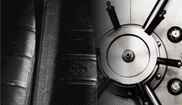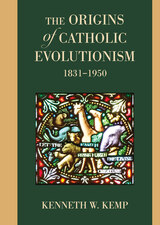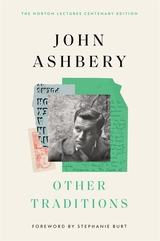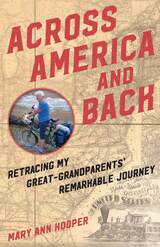
Using the common thread of the same train trip across the American landscape, she weaves together the two stories—her great grandparents, Charles and Fannie Crosby’s leisurely Victorian tourist trip described in both their diaries—and her own trip. Mary Ann’s adventurous and determined voice fills the pages with entertaining encounters on the train, escapades on her folding bike, and her reflections on her birth country and her own life story.
During her journey, she discovers the stories of her 1950s childhood reflect a “Wild West” at odds with the West her great-grandparents record in their diaries, leading her to uncover more of the real and meatier history of the American West—going through conquest, rapid settlement, and economic development. As Mary Ann fulfills her quest to understand better why glorified myths were created to describe the Wild West of her childhood, and reflects on the pitfalls of what “progress” is doing to the environment, she is left with a much bigger question: Can we transform our way of doing things quickly enough to stop our much-loved West becoming an uninhabitable desert?

A guide to twenty-one historically themed bicycle tours in and around Dayton, Ohio
Dayton boasts the largest contiguous bike trail network in the United States, and this guide for cycling enthusiasts and armchair travelers includes introductions to the city’s innovative cycling past and present, to beautiful country roads, and to vibrant urban landscapes.
Bicycling Through Dayton is divided into three themes: “Sacred Ground,” “Changing the World,” and “Flying on a Bicycle.” In “Sacred Ground,” riders pass through many areas and structures, such as Fort Ancient, originally inhabited and cultivated by Native American people; the gravesite of Shawnee Chief Catecahassa, better known as Black Hoof; and the now vanished Randolph Settlement, where freed African American men and women in the 1840s were met with hostility upon arrival. Also included in this section are rides through majestic parks, colorful caves, and beautiful buildings, including Weaver Chapel at Wittenberg University. In “Changing the World,” tours focus on rides that highlight the richness of Ohio as a home of our nation’s educators, activists, engineers, innovators, and writers. “Flying on a Bicycle” pays homage to Ohio’s central role in the history of aviation and space exploration, featuring the birthplace of Orville and Wilbur Wright, the National Museum of the United States Air Force, and the home of Neil Armstrong.
Readers can plan and export rides ahead of time using the QR code in the book to view turn-by-turn directions, detailed route maps, and photos of route sites. Bicycling Through Dayton helps cyclists and readers form a more intimate relationship with Ohio’s landscape by learning the history of Ohio and the people who came before us, all while enjoying a ride.

A revised edition of the award-winning book of historically themed cycling tours in and around Cincinnati, Ohio
Bicycling Through Paradise: Historical Rides Around Cincinnati includes nineteen historically themed cyclist tours for all abilities centered around Cincinnati, Ohio. Written by two longtime cyclists—one a professor of history and one an architect—this book dives into the details of local landscape and history encountered along the route. Rides combine familiar destinations like Lunken Airport, Eden Park, and Loveland Castle with lesser-known sites like Underground Railroad stations, ruined stone canal locks, and a nineteenth-century socialist commune, all located in and around the greater Cincinnati area. Stops along the way include public parks, covered bridges, and one-room schoolhouses.
The book includes a QR code to link readers to a companion Community Page where cyclists will find downloadable turn-by-turn directions and wayfinding photos, plus a place for cyclists to share their feedback, making this book an interactive experience.
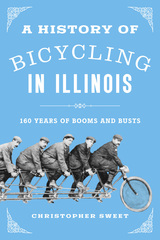
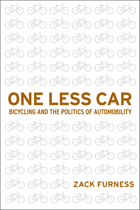
Although millions of people in the United States love to ride bicycles for exercise or leisure, statistics show that only 1% of the total U.S. population ride bicycles for transportation—and barely half as many use bikes to commute to work. In his original and exciting book, One Less Car, Zack Furness examines what it means historically, culturally, socioeconomically, and politically to be a bicycle transportation advocate/activist.
Presenting an underground subculture of bike enthusiasts who aggressively resist car culture, Furness maps out the cultural trajectories between mobility, technology, urban space and everyday life. He connects bicycling to radical politics, public demonstrations, alternative media production (e.g., ‘zines), as well as to the development of community programs throughout the world.
One Less Car also positions the bicycle as an object with which to analyze and critique some of the dominant cultural and political formations in the U.S.—and even breaks down barriers of race, class and gender privilege that are interconnected to mobility. For Furness, bicycles not only liberate people from technology, they also support social and environmental justice. So, he asks, Why aren’t more Americans adopting them for their transportation needs?
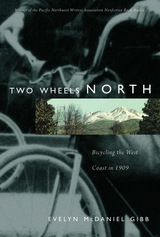
READERS
Browse our collection.
PUBLISHERS
See BiblioVault's publisher services.
STUDENT SERVICES
Files for college accessibility offices.
UChicago Accessibility Resources
home | accessibility | search | about | contact us
BiblioVault ® 2001 - 2025
The University of Chicago Press
